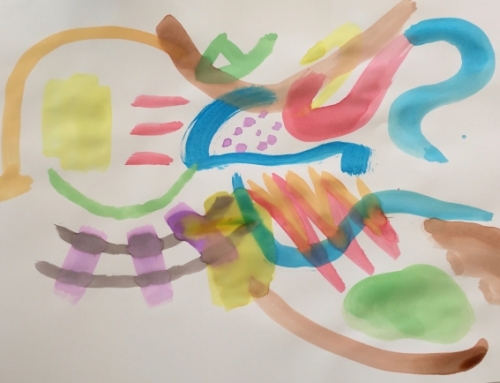Fine Arts Degrees Open Doors
I was featured in the Toronto Star about the benefits of having a fine arts degree in the workplace.
Here is an excerpt
The value of a fine arts degree in Ontario has been challenged in the past few years. Universities, such as Queen’s in Kingston, Ont., have cut their programs for budgetary reasons; applications were down 4.7 per cent in 2011. And earning potential for bachelor of fine arts students after graduation is well below the provincial average. But some experts say students with a BFA don’t have to be starving artists. Instead, they just need to think outside the box when it comes to employment.
“There are many skill sets that feed into making a good physician beyond just someone who has A++ in a health science degree,” says Lawson, and her medical school agrees. Science courses are not a prerequisite at McMaster’s Michael G. DeGroote School of Medicine because the program heads think that arts students bring a welcome and fresh perspective.
“I think in medicine we do need a broad range of the ways that people see the world,” says Rob Whyte, assistant dean of undergraduate medical education at DeGroote. “It’s not just about learning how oxygen got into the cell. It’s also learning about how people — the patients that we’re treating — see the world and experience the world.”
And medicine isn’t the only profession that can benefit from the talents of a fine arts graduate.
Linda Naiman, owner of Creativity at Work in Vancouver, has brought the skills from her fine arts background into big-business boardrooms all over the world. The job title on Naiman’s website reads “
“I turn the lead in thinking into gold,” she says.
A variety of employers, from Fortune 500 companies to the federal government, have used Naiman’s creativity workshops (which include painting, storytelling and improvisation) to help employees sharpen their creativity, resourcefulness, innovation and critical thinking.
Naiman sees first-hand the impact of the visual arts on business and what the so-called right-brain thinkers can teach the left-brain thinkers.
“In education, as in business, it’s important not to divorce one kind of thinking or another. Instead, it’s about integration,” she says.
Educators advise fine arts students to be aware of the diversity their education brings to other disciplines. And this means opening their eyes to job opportunities that break the mould.
By DAINA LAWRENCE
Update: While this story was published in October 4, 2012, Fine Arts degrees are just as important today.
See also:
The Must-Have Skills You Need to Compete in the New Future of Work
Can Art Inspire Creativity in the Workplace?
CEOs Discover the Power of Art and What It Can Teach About Leadership






